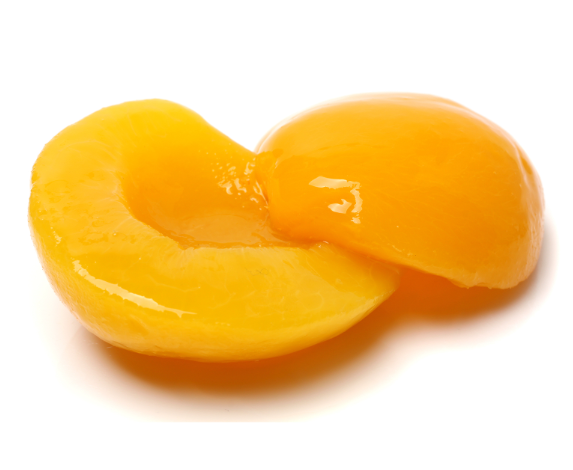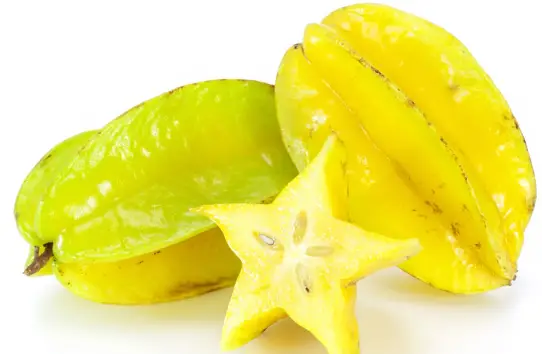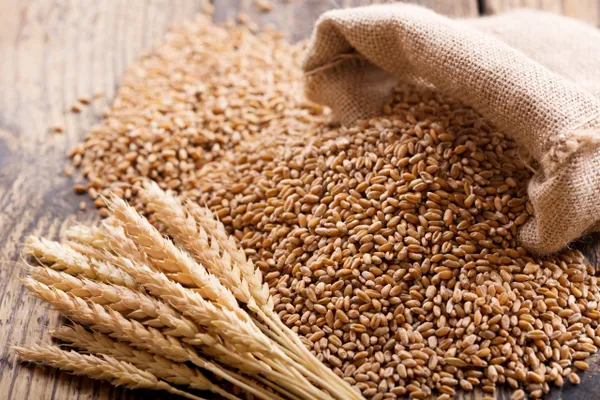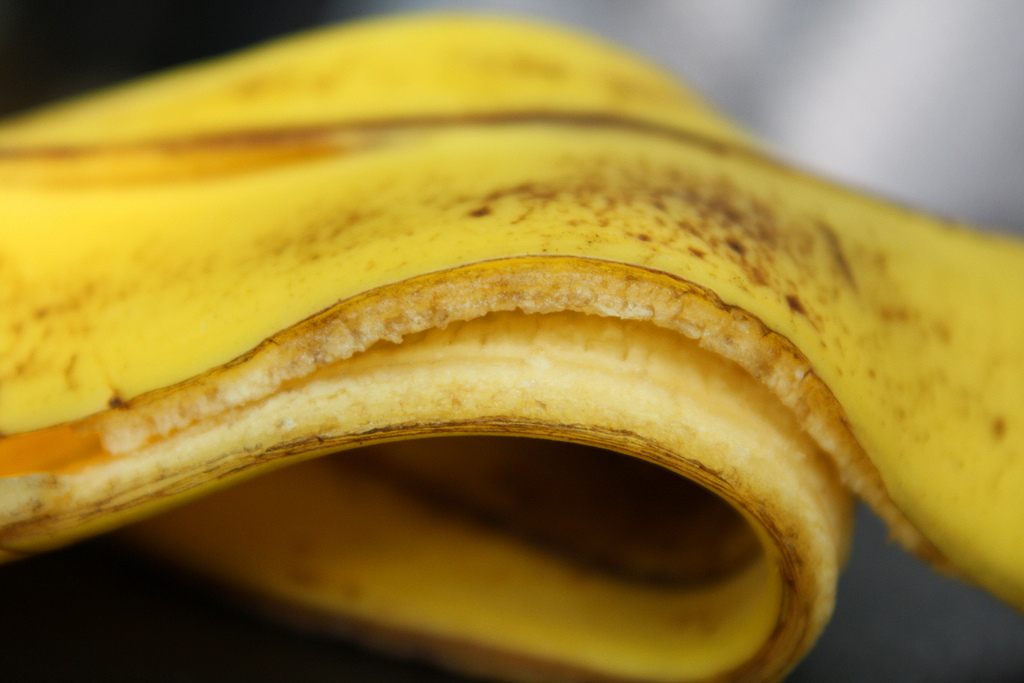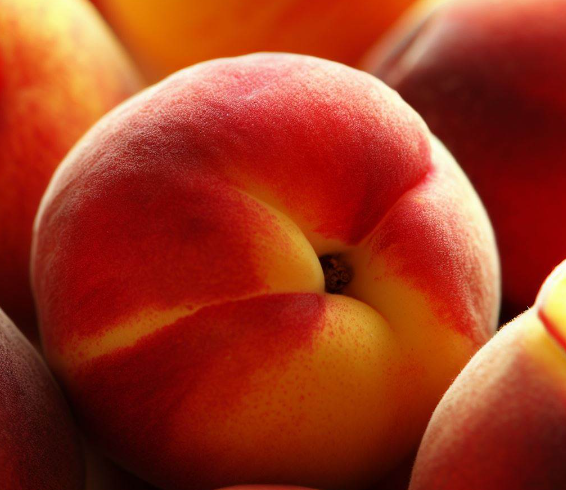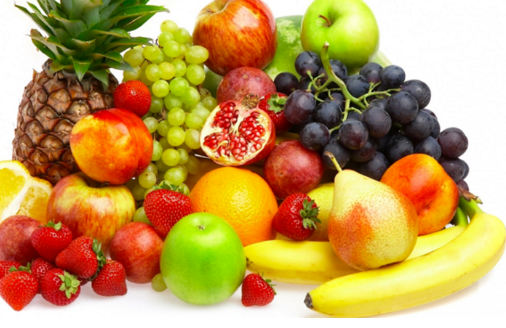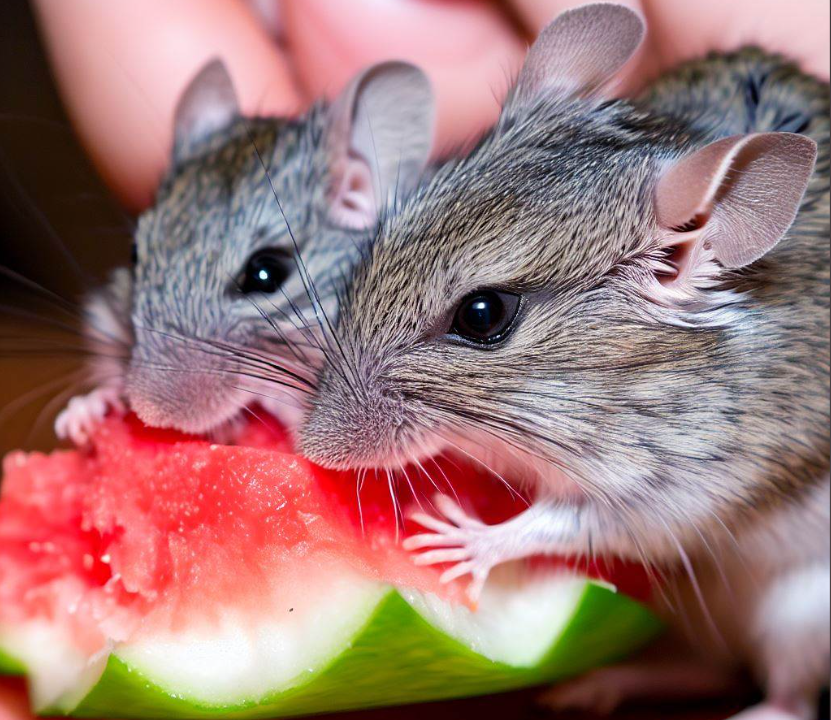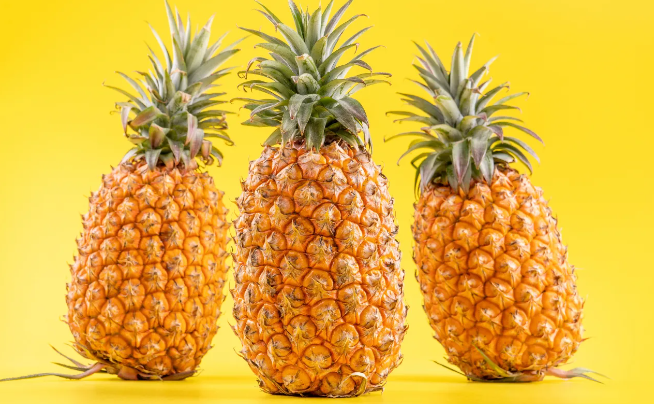Jamaica is a Caribbean island that is famous for its lively culture, stunning beaches, and tasty food.
The ackee fruit shines as Jamaica’s national fruit among the many types of tropical fruits found on the island. This article will delve into the history and presence of ackee fruit in Jamaica and explain why it’s so special.
Table of Contents
- The National Fruit of Jamaica Explained
- Tracing the Roots of Ackee in Jamaica
- The Look and Flavor of Ackee
- Health Benefits of Ackee
- Ackee in Jamaican Food
- The Cultural Importance of Ackee in Jamaica
- Ackee’s Role in the Jamaican Economy
- Preparing and Cooking Ackee
- Being Careful with Ackee
- In Summary
- Frequently Asked Questions
- Can ackee fruit be eaten raw?
- How is ackee fruit used in Jamaican cuisine?
- Is ackee fruit safe for everyone to eat?
The National Fruit of Jamaica Explained
Ackee, the national fruit of Jamaica, is a key part of the nation’s cultural heritage, food scene, and economy. It offers a distinct and enjoyable taste and texture.
Originally from West Africa, ackee fruit (Blighia sapida) has become a common sight in many tropical regions, especially Jamaica. It’s been in Jamaican meals for a very long time and is an ingredient in a lot of Jamaican recipes.
Tracing the Roots of Ackee in Jamaica
The ackee fruit came to Jamaica from West Africa around the late 18th century when the slave trade was happening. African slaves brought it as a food source. Over time, ackee became a key element of the food in Jamaica and now it’s a very well-liked fruit on the island.
The Look and Flavor of Ackee
Ackee fruit has a bright look, usually red or yellow, and is shaped like a pear. It’s about three to four inches long.
Inside it has three black seeds and a soft, creamy white part that you eat. The taste has a hint of nuts, and when it’s cooked, it’s similar to scrambled eggs, making it a good option for those who don’t eat eggs.
Health Benefits of Ackee
Ackee isn’t just tasty—it’s also healthy. It contains vitamins and minerals like vitamin C, potassium, and calcium. It’s also low in calories but has lots of fiber, which is good for weight control and digestion.
Ackee in Jamaican Food
In Jamaica, ackee is used in lots of different meals, including the country’s national dish, ackee and saltfish.
It’s added to soups, stews, and curries and is often paired with rice and peas, another dish that’s very popular in Jamaica. You can even find ackee in desserts like ice cream and tarts.
The Cultural Importance of Ackee in Jamaica
Ackee is more than just food in Jamaica; it represents national pride and identity. You can see it on the Jamaican coat of arms, which shows how significant it is to the country and its people.
Ackee’s Role in the Jamaican Economy
As an export product, ackee plays a vital role in Jamaica’s economy.
Jamaica is a top producer of ackee, shipping it to places like the USA, Canada, and the UK. The ackee industry gives jobs to a lot of Jamaicans in farming and in preparing the fruit for export.
Preparing and Cooking Ackee
If you’re going to cook with ackee, you need to make sure it’s fully ripe and opened by itself. If it’s not, it can be dangerous.
Unripe ackee and its seeds have a poison called hypoglycin A, which can make you very sick, or even be fatal, if eaten.
Once it’s ripe and safe, you take out the seeds, the pink stuff, then boil it or cook it with other ingredients.
Being Careful with Ackee
Ackee is nutritious and great to eat, but there are some things to watch out for.
As we said before, the unripe fruit and seeds can be harmful. It’s also possible to be allergic to ackee, which might cause itching, rashes, or trouble breathing.
People with kidney problems or those on certain heart medications should also be careful due to ackee’s high potassium levels.
In Summary
The ackee fruit is a defining part of Jamaica, ingrained in its culture, food traditions, and economy.
Its story and role in the country make it an interesting topic, and its unique flavor adds to Jamaican recipes. But remember, it’s important to understand how to enjoy ackee safely because of its potential health risks.
Frequently Asked Questions
Can ackee fruit be eaten raw?
Eating raw ackee fruit is not recommended. The fruit, when it is not fully ripe, as well as its seeds, have toxins that can make you sick if you eat them.
How is ackee fruit used in Jamaican cuisine?
In Jamaican cooking, ackee fruit is loved and used in many recipes. It’s famous for being part of the ackee and saltfish dish, which is Jamaica’s national dish. But it’s not only used there – ackee goes into soups, stews, and curries too. It’s a favorite when mixed with rice and peas, making for another beloved Jamaican meal.
Is ackee fruit safe for everyone to eat?
Ackee fruit might not be okay for all people to eat. If you are allergic to it, it’s not safe. Also, because ackee has a lot of potassium, people with kidney problems or on certain medicines (like those that keep potassium in the body) should be careful about eating it.
